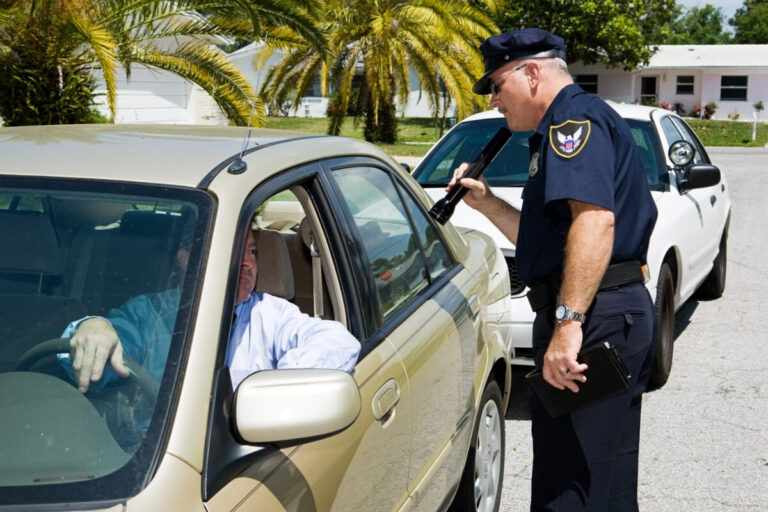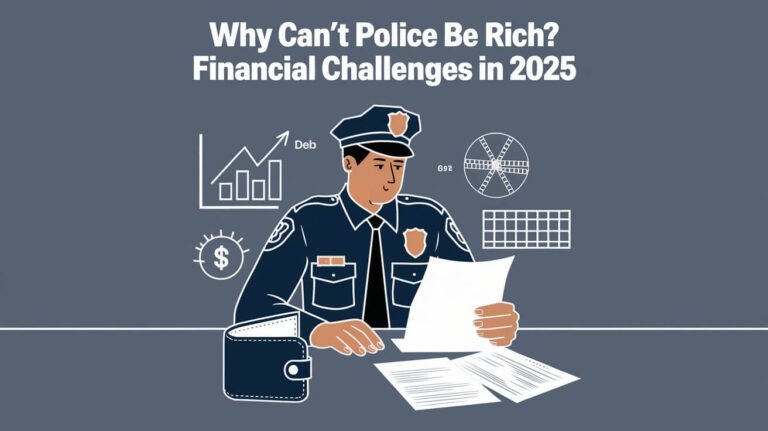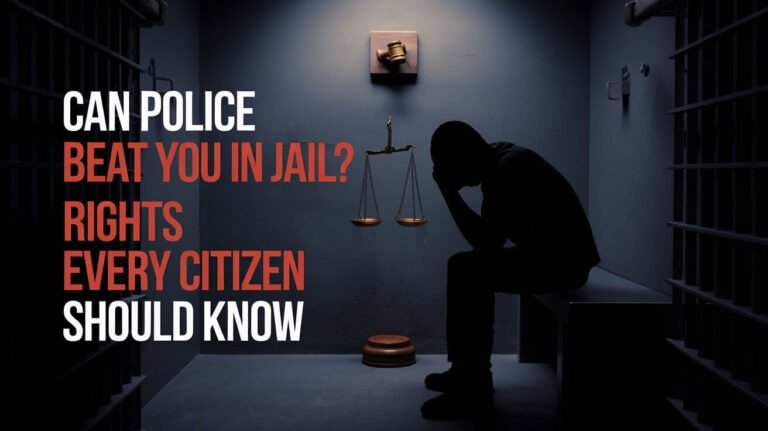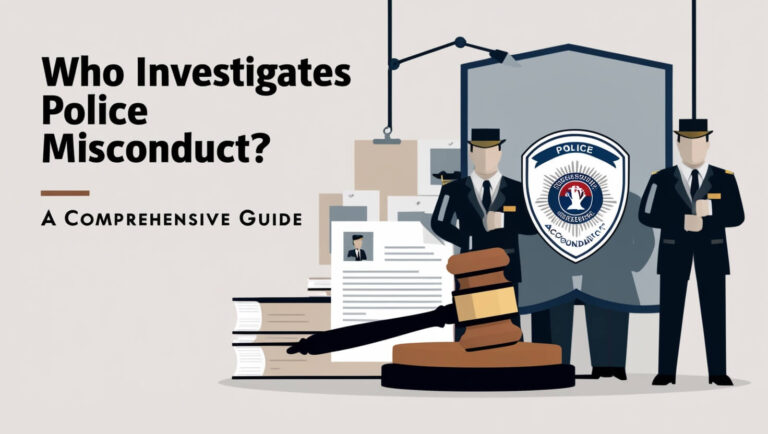How Many Police Officers Angola: Key Insights For 2025
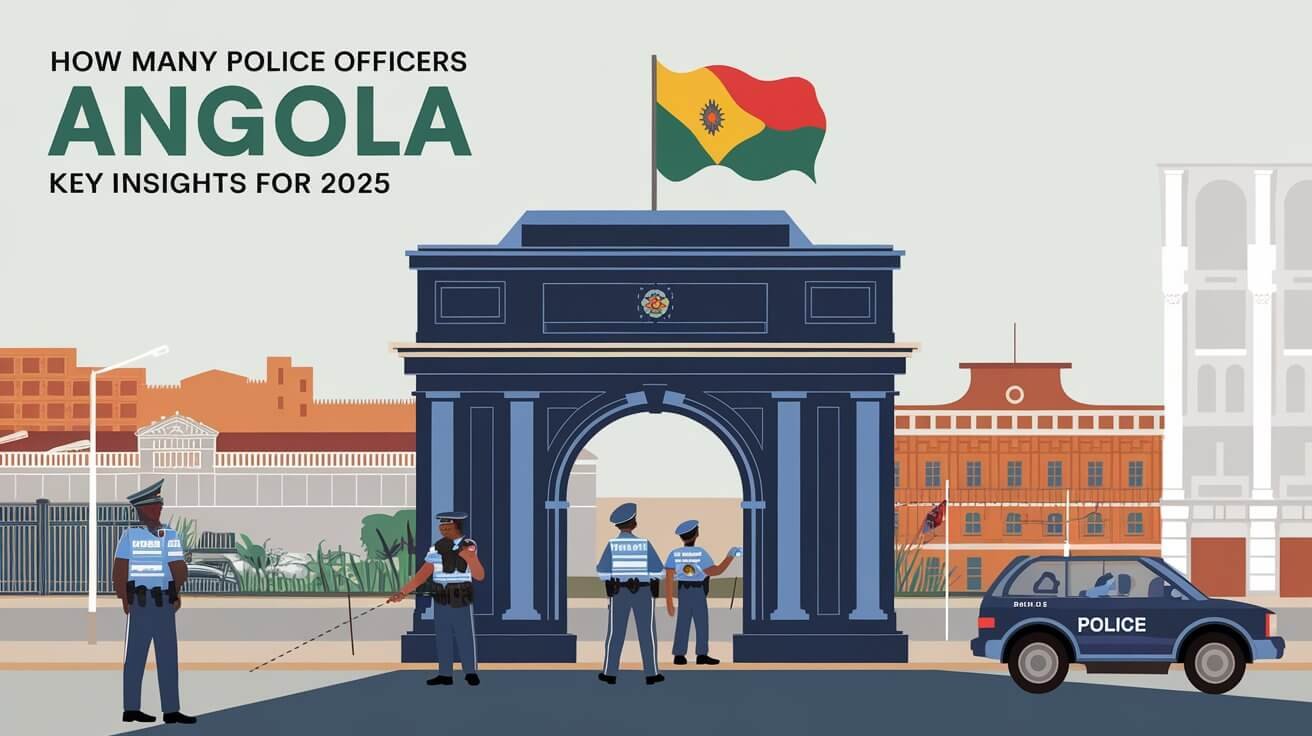
Angola has a large number of police officers. In February 2004, 17,000 received basic training. The Angolan National Police handles internal security and law enforcement.
They play a key role in keeping order and protecting citizens. The country’s law enforcement system aims to keep everyone safe. Police officers are trained to enforce the law and protect human rights.
The educational standards for police recruits have been raised. Human rights lectures are now part of their training. The Angolan Bar Association conducts these sessions.
This shows how important law enforcement is in Angola. It highlights the role of police officers in maintaining security. Angola is dedicated to having a well-trained and effective police force.
Current Police Force Statistics in Angola
Angola’s police force is key to keeping the country safe. It’s important to look at the latest statistics to see how well they’re doing. The National Police Force (PN) is in charge of keeping things orderly. They handle border security and deal with groups that want to split off.
Total Active Officers
The number of active officers in Angola’s police isn’t shared publicly. But, the stats show there are many officers working hard across the country.
Officer-to-Population Ratio
The ratio of officers to people in Angola is a key measure. It shows how well the police are doing. The government is trying to make this ratio better. They want to improve law enforcement and keep everyone safe.
Regional Distribution Numbers
Police officers are spread out differently in Angola. More are in cities like Luanda. The number of officers in a place depends on how many people live there, crime rates, and what’s happening economically.
Some important facts about Angola’s police include:
- They handle domestic security, like border control and fighting separatist groups
- They are controlled by the Ministry of the Interior
- There are many officers working all over the country
Police Force Structure and Divisions
The police force in Angola has many departments working together. The National Police Force (PN) is the main agency. It handles internal security and law enforcement.
National Public Order Police School trains police officers. It teaches them about law, human rights, and community policing. The Criminal Investigation Services (SIC) focuses on preventing and solving domestic crimes.
Some key divisions in Angola’s police force include:
- National Police Force (PN)
- Criminal Investigation Services (SIC)
- Expatriate and Migration Services
- Border Guard Police
These divisions work together to keep Angola safe. The Angolan Armed Forces (FAA) also support the police. They handle external security and some domestic tasks.
| Law Enforcement Division | Responsibility |
|---|---|
| National Police Force (PN) | Internal security and law enforcement |
| Criminal Investigation Services (SIC) | Preventing and investigating domestic crimes |
| Expatriate and Migration Services | Migration law enforcement |
| Border Guard Police | Border security and migration law enforcement |
Historical Development of Angola’s Police Force
The history of Angola’s police force is both complex and intriguing. It has seen many changes, mainly during the colonial era. The Portuguese set up the police to keep order.
The fight for independence greatly influenced the police force’s development. After gaining freedom in 1975, Angola created the National Police Force (PN) in 1976. This was a key moment, as the new government aimed to build a force for the nation.
Colonial Period Police Force
In the colonial days, the police kept order and controlled nationalist movements. They also enforced laws that favored the colonizers over locals.
Post-Independence Changes
After gaining freedom, Angola’s police underwent big changes. The National Police Force (PN) was formed in 1976. It aimed to protect citizens and keep law and order.
Modern Reform Initiatives
Today, Angola’s police force is going through reforms to be more effective and accountable. They’ve started new training and introduced modern tools like forensic science. These steps aim to fight crime and enhance safety.
Geographic Coverage of Police Officers in Angola
The National Police Force (PN) covers all provinces in Angola. This ensures law enforcement is available everywhere. It’s key for keeping peace, given Angola’s diverse people and large areas.
Police officers are spread across the country, in both cities and countryside. They work to keep everyone safe.
Angola’s police coverage is a big part of its law enforcement. With 1 policeman for every 2000 people, they face big challenges. Yet, they’re working hard to be more present and effective everywhere.
- Luanda, the capital, has police keeping the peace in its crowded streets.
- Rural areas are tough for police, with less resources and infrastructure.
- Border regions are critical for stopping cross-border crimes and keeping national security.
Police coverage across Angola is vital for law and order. The country aims to have 200,000 police by 2025. This will help improve security and protect citizens better.
Police Training Facilities and Requirements
Police training in Angola is key to keeping the public safe. The National Public Order Police School offers basic training. It teaches essential skills and knowledge for effective law enforcement.
The training facilities and requirements in Angola are tailored to the country’s law enforcement needs. Angola focuses on improving its police force. This aims to create a safer and more secure environment for its citizens.
Basic Training Programs
Basic training for police officers in Angola covers many topics. These include law enforcement procedures, first aid, and human rights. These programs give new recruits a solid foundation for their law enforcement career in Angola.
Specialized Unit Training
Angola also offers specialized unit training for police officers. This training focuses on areas like rapid intervention and community policing. It helps officers handle different situations and emergencies effectively.
Ongoing Education Requirements
Ongoing education is a big part of police training in Angola. It ensures officers are always up-to-date with the latest techniques and best practices. Regular training sessions, workshops, and seminars are part of this effort.
Investing in police training and education, Angola aims to build a professional and effective police force. This force is capable of maintaining public security and ensuring a safe and stable environment for its citizens.
Rural vs Urban Police Distribution
Angola’s police force covers both rural and urban areas. This ensures law enforcement is available everywhere. The National Police Force (PN) tackles the unique challenges of each area.
In Angola, police numbers vary by area. While exact numbers are not shared, the PN faces different hurdles. Urban areas need more officers due to dense populations and crime. Rural areas require specialized units for issues like human and arms trafficking.
Some major issues for Angola’s police include:
- Human trafficking, mainly in rural areas
- Arms trafficking across borders
- Extortion of street vendors and migrants
- Illicit trade in tobacco, alcohol, and counterfeit goods
The PN is working to improve its distribution and meet the needs of both rural and urban areas. By understanding the differences, the PN can fight crime and keep everyone safe.
Comparison with Other African Nations
African countries have different numbers of police officers. Angola matches the UN’s suggestion with one officer for every 450 people. Kenya, Tanzania, and Ghana have fewer officers, with ratios of 1:1,150, 1:1,298, and 1:1,200 respectively.
Nigeria stands out with over 370,000 officers, making it 1:400. Yet, it struggles with corruption and inefficiency. South Africa, on the other hand, has many private security firms, with about 2,000 companies.
Regional Force Size Analysis
The number of police officers varies across Africa. Here’s a look at the police-to-citizen ratio in some countries:
- Angola: 1 police officer for every 450 citizens
- Kenya: 1 police officer for every 1,150 citizens
- Tanzania: 1 police officer for every 1,298 citizens
- Ghana: 1 police officer for every 1,200 citizens
- Nigeria: 1 police officer for every 400 citizens
Budget Allocation Differences
How much money countries spend on police also varies. Some spend a lot, while others spend less. This shows the need for a balanced approach to policing, considering each country’s unique challenges.
| Country | Police Force Size | Police-to-Citizen Ratio |
|---|---|---|
| Angola | 100,000+ | 1:450 |
| Kenya | 50,000+ | 1:1,150 |
| Nigeria | 370,000+ | 1:400 |
Police Resource Allocation Methods
In Angola, the National Police Force (PN) spreads resources across provinces. This ensures law enforcement is available everywhere. It’s key for keeping the public safe and orderly.
When planning, the PN looks at each region’s needs. They consider population size, crime rates, and the area’s layout. This careful planning helps meet each region’s specific needs.
Some important factors in Angola’s police resource allocation include:
- Geographical distribution of police officers and stations
- Availability of equipment and vehicles
- Training and capacity building for law enforcement personnel
- Community engagement and outreach programs
Effective resource allocation is vital in Angola, where resources are scarce. By focusing on each province’s needs, the National Police Force uses resources wisely. This helps keep the public safe and orderly.
| Province | Population | Number of Police Officers |
|---|---|---|
| Luanda | 5 million | 10,000 |
| Benguela | 2 million | 4,000 |
| Huila | 1.5 million | 3,000 |
Current Challenges Facing Angola’s Police Force
The Angola police force is dealing with many challenges. One big issue is the lack of good infrastructure. This makes it hard for them to respond quickly to emergencies and keep the peace.
They also face problems with how resources are spread out. The police don’t have enough money, people, or tools to do their job well. This means some areas don’t get enough police, leaving them open to crime.
Some important things need to be fixed include:
- Improving infrastructure to enhance response times and effectiveness
- Increasing resources to ensure adequate policing and equipment
- Enhancing training and capacity building for police officers
To solve these problems, the government, civil society, and international partners need to work together. With everyone’s help, the Angola police force can get stronger. This will help them serve the community better.
Future Expansion Plans
The Angola police force is planning for the future. They aim to expand and develop to better serve the community. The National Police Force (PN) wants to increase its presence across the country.
This will involve building new infrastructure and hiring more people. The focus is on making law enforcement more effective.
Some key areas they’re focusing on include:
- Increasing the number of police officers and staff to improve response times and community engagement
- Developing new training programs to enhance the skills and knowledge of law enforcement personnel
- Investing in new technology and equipment to support law enforcement development and improve public safety
The Angola police force’s growth is a big part of the country’s law enforcement strategy. The government wants to make the country safer for everyone. This will help the economy and society grow.
Wrap-Up Summary
The National Police Force (PN) in Angola is key to keeping the country safe. This article has shown how the PN has grown and changed over time. It reflects Angola’s efforts to improve its security.
But, the PN faces big challenges like old buildings and not enough resources. Despite these, the PN is dedicated to keeping Angolans safe and stable.
As Angola grows, it needs to invest more in the police. Better training and being accountable are also important. This will help make the country safer and more prosperous.
Common Queries
How many police officers are there in Angola?
In Angola, the City Police Department has 17 full-time officers. There are also 6 Reserve Officers and 5 Special (Part Time) Officers.
What are the current statistics about the police force in Angola?
The National Police Force (PN) is a key part of Angola’s law enforcement. It is controlled by the Ministry of the Interior. Its numbers give us a clear view of the country’s police system.
What is the structure and division of the police force in Angola?
The National Police Force (PN) is divided into different departments. The National Public Order Police School is a major training center for officers.
How has the police force in Angola developed historically?
The National Police Force (PN) started on February 28, 1976. It has grown through Angola’s history, including the colonial era and post-independence changes.
What is the geographic coverage of police officers in Angola?
The National Police Force (PN) is everywhere in Angola. It covers all provinces, ensuring law enforcement is available across the country.
What are the training facilities and requirements for police officers in Angola?
The National Public Order Police School is key for training officers. It offers basic and specialized training, as well as ongoing education.
How are police officers distributed in rural and urban areas of Angola?
The National Police Force (PN) is in both rural and urban areas. It ensures law enforcement is available everywhere, facing challenges and opportunities in each setting.
How does the police force in Angola compare to other African nations?
Angola’s National Police Force (PN) is among the largest in Africa. Its size and budget are compared to other countries in the region.
How are resources allocated to the police force in Angola?
The National Police Force (PN) uses resources based on each province’s needs. This ensures law enforcement is available across the country.
What are the current challenges facing the police force in Angola?
The National Police Force (PN) faces challenges like limited funding and inadequate infrastructure. These issues affect its ability to provide effective services.
What are the future expansion plans of the police force in Angola?
The National Police Force (PN) plans to grow its presence in Angola. This will help it provide better law enforcement services to the people.


